Discover the Natural Beauty of Taman Hutan Raya Ngurah Rai
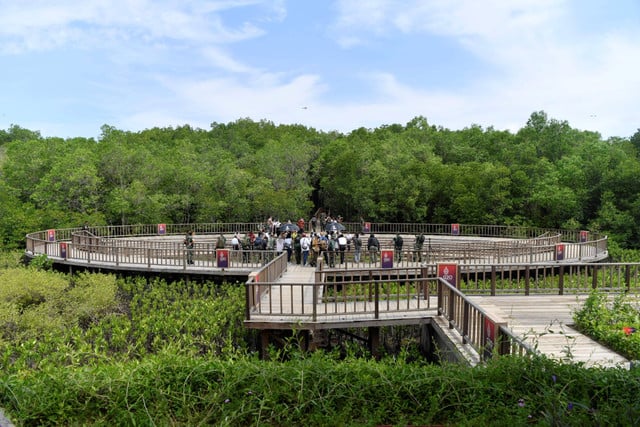
Bali’s Hidden Mangrove Forest
While Bali is known for its iconic beaches, waterfalls, and rice terraces, it also hides a vital and often overlooked natural sanctuary just minutes from the airport. Taman Hutan Raya Ngurah Rai, or Tahura Ngurah Rai, is the largest mangrove forest in Bali. This protected area offers visitors a rare opportunity to explore one of the island’s most important ecological zones, home to rich biodiversity and a peaceful natural setting.
This destination is ideal for nature lovers, eco tourists, photographers, students, and anyone who wants to experience the quieter, greener side of Bali.
About Taman Hutan Raya Ngurah Rai
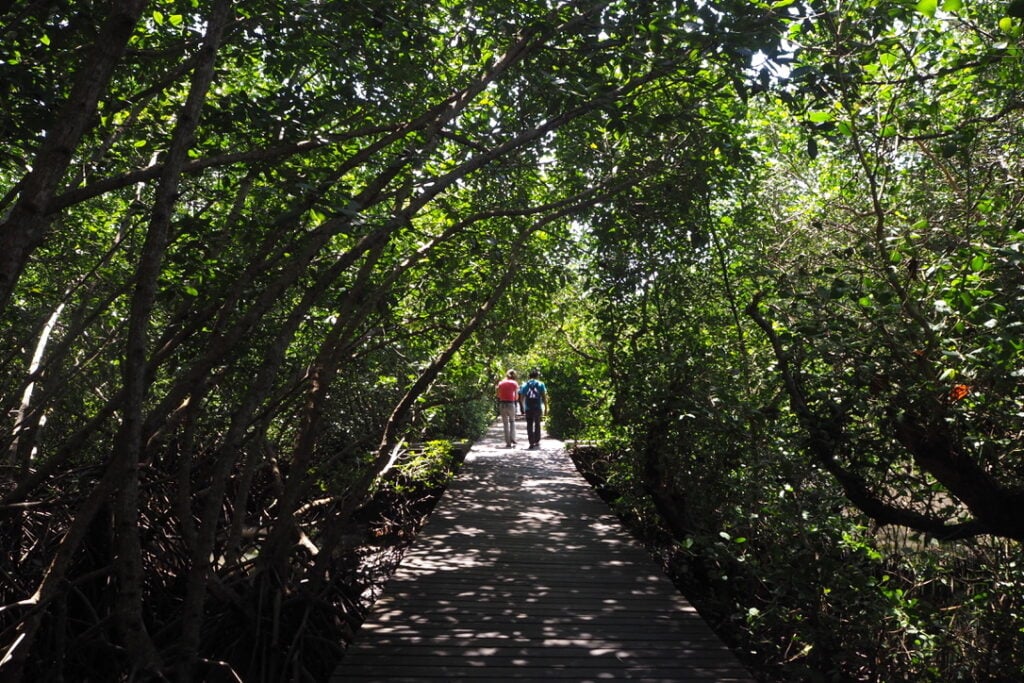
Taman Hutan Raya Ngurah Rai is a conservation and research zone covering more than 1,373 hectares of mangrove forest, stretching across Denpasar and parts of Badung Regency. It was established in 1992 and designated as a “Taman Hutan Raya” a type of conservation area in Indonesia that combines environmental protection with education, tourism, and scientific research.
The forest is named after I Gusti Ngurah Rai, a national hero who played a key role in Bali’s fight for independence.
More than just a tourist spot, this mangrove forest is critical for:
- Protecting the coastline from erosion and storm surges
- Supporting marine ecosystems by serving as a nursery for fish, crabs, and mollusks
- Absorbing carbon emissions and producing oxygen
- Providing a habitat for hundreds of bird, insect, and plant species
Location and How to Get There
Address: Jalan By Pass Ngurah Rai, Suwung Kauh, Denpasar Selatan, Denpasar City, Bali 80224
Access Information:
- From Ngurah Rai International Airport: Approximately 15–20 minutes by car
- From Kuta or Seminyak: 25–30 minutes via the By Pass Ngurah Rai or Bali Mandara Toll Road
- From Sanur: 15–20 minutes
- From Nusa Dua: Around 20 minutes via toll road
You can reach the entrance by private vehicle, taxi, or using ride hailing apps. The road is clearly marked with signs to “Mangrove Information Center” or “Tahura Ngurah Rai.” Parking is available for both cars and motorbikes.
What to Expect from the Tour
Wooden Boardwalk Experience
The forest trail is a well maintained wooden boardwalk that extends over the mangrove ecosystem. The total walk is about 1.5 to 2 kilometers round trip, suitable for both adults and children. As you walk deeper into the forest, you’ll be surrounded by dense mangrove trees, the sounds of birds, and the sight of tidal waters teeming with life.
The pathway leads visitors through a tranquil setting that feels far removed from Bali’s urban areas, despite being close to the main road.
Observation Tower
At the end of the boardwalk stands a tall observation tower. From the top, visitors can enjoy panoramic views of the entire mangrove forest, the surrounding coastal areas, the Bali Mandara Toll Road, and on clear days, even Mount Agung in the distance.
Wildlife and Biodiversity
Taman Hutan Raya Ngurah Rai is home to a wide variety of animals and plants. Commonly seen species include:
- Birds such as herons, egrets, kingfishers, and migratory waterfowl
- Crabs, mollusks, and mudskippers visible during low tide
- Occasionally, water monitors and tree snakes, which are not dangerous if left undisturbed
The forest also features over 30 species of mangroves, many of which play vital roles in coastal resilience and habitat sustainability.
Educational Facilities
Near the entrance, visitors will find informational panels and displays explaining the ecological importance of mangroves, local flora and fauna, and the role the forest plays in combating climate change and protecting marine life. The area often serves as an outdoor classroom for students, researchers, and conservation groups.
Entrance Fee and Opening Hours
Opening Hours: Daily from 08.00 to 18.00
Last Entry: Around 17.00, to allow time for visitors to return before sunset
Ticket Prices:
- Local tourists: IDR 10,000 per person
- International tourists: IDR 20,000 per person
- Student groups: Special pricing available with identification
- Parking: IDR 2,000 for motorbikes, IDR 5,000 for cars
Payment is made at the entrance. While a guide is not required, hiring a local guide can enhance your understanding of the environment and the conservation efforts underway.
Travel Tips
- Visit in the early morning or late afternoon to enjoy cooler temperatures and better wildlife activity
- Wear light, breathable clothing and closed-toe shoes with good grip, especially if the boardwalk is damp
- Bring insect repellent, especially if visiting close to sunset
- Carry your own drinking water, as there are limited facilities inside the forest
- Follow the marked path and do not step off the boardwalk to avoid damaging plant life
- Do not litter; this is a protected conservation area
Nearby Attractions
If you’re planning a day trip, here are several places near the mangrove forest worth visiting:
- Sanur Beach: A peaceful coastal area known for sunrises and calm waters, perfect for a relaxing stroll or local food.
- Bajra Sandhi Monument: A historical and cultural monument located in the Renon area of Denpasar, featuring a museum about Bali’s history and struggles.
- Upside Down World Bali: A fun and unique photo attraction featuring themed upside-down rooms, just 10 minutes from the forest.
- Bali Mandara Toll Road Viewpoint: Located nearby, offering scenic views over the sea and the mangrove forest below.
Final Thoughts
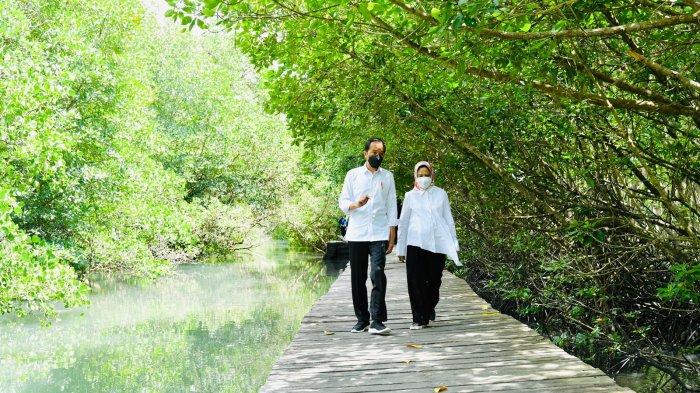
Taman Hutan Raya Ngurah Rai offers one of Bali’s most peaceful and educational nature experiences. It provides a vital service to the island’s environment and is a perfect example of how tourism can support conservation when managed responsibly.
By visiting this forest, you not only enjoy a beautiful and calming walk but also contribute to the continued preservation of Bali’s coastal ecosystems. It is a must-visit destination for those looking to explore beyond Bali’s usual attractions and connect with the island’s natural heritage.
If you’re seeking a quiet, informative, and inspiring alternative to the beaches and resorts, a tour of Taman Hutan Raya Ngurah Rai belongs on your itinerary.





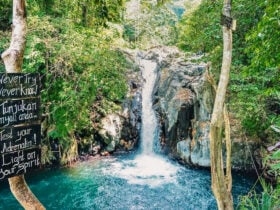


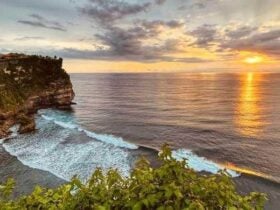
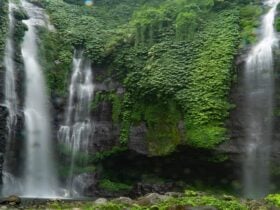
Leave a Review